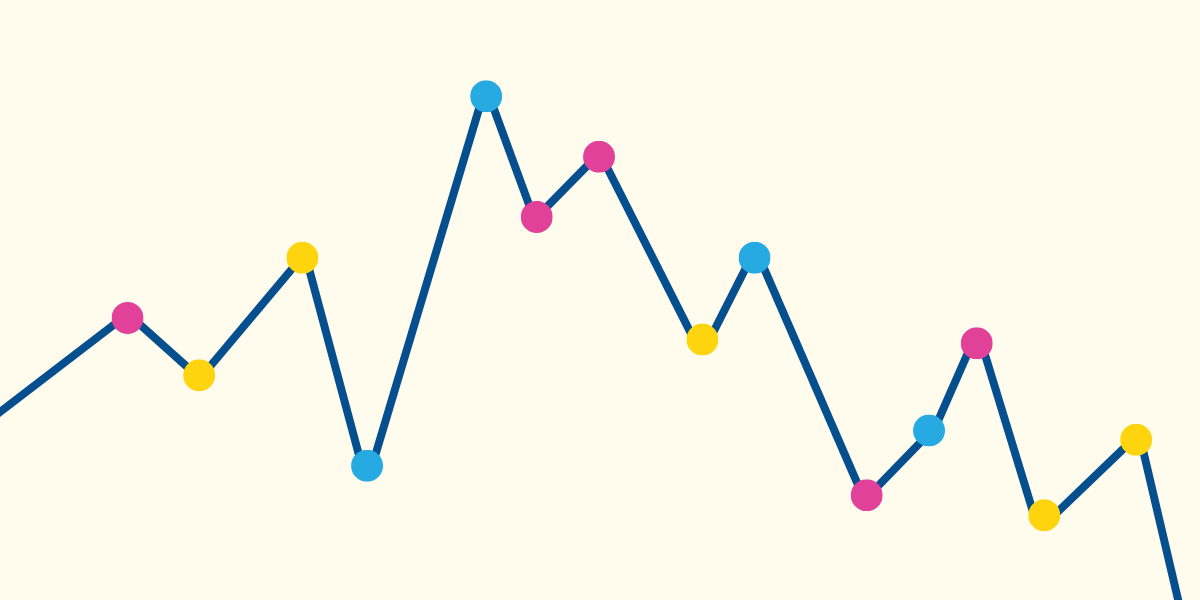For those who have been infected and recovered in the past few weeks, a looming question seems to be Am I done now? This takes many specific forms. “Will I get COVID again in six weeks?”; “Can I see my sister’s baby?”; “Is this a good time to go to Mexico on vacation?”; “Indoor playdates OK now?” or, very simply, “Should I stop worrying so much?”
Am I done now? is no more helpful than When will it be over? What would “done” mean? And clearly everyone’s questions are different enough that there cannot be one answer. Instead, I think we can address more direct questions. First: What has changed? Second: What hasn’t changed? And then, a little perspective.
What’s different now
The most obvious question many people have is whether they are now more protected against COVID than before. The answer is: yes, but it is hard to be precise. Which doesn’t mean we can’t say anything about it!
Based on our understanding of the immune system, infection with COVID should boost immunity. As with the vaccine, becoming infected with COVID prompts your body to produce ways to fight infection. Recovery leaves you with antibodies and other immune memory cells, both of which are effective against reinfection and serious illness. Even for vaccinated people, infection with COVID would be expected to act as a booster; infection with Omicron (which likely makes up the vast majority of cases at this point in the U.S.) will produce antibodies more specific to Omicron than those produced by the vaccine.
For these reasons, we would expect individuals to have additional protection from reinfection after having a breakthrough infection. This additional protection will be strongest in the first months post-infection, and may wane over time. How quickly and in what way is unknown. Also unknown is how strong this protection is. Is it literally impossible to be re-infected in the next few months? Probably not. Is it very, very unlikely? Yes. What the number in there is between impossible and very unlikely, it’s hard to say.
Adding to this theory, we can look at real-world data on the relative contribution of vaccines and infection to immunity. Last week, the CDC put out a report based on data from New York and California during the pre-Omicron period. The goal of the report was to compare the risk of laboratory-confirmed infection or hospitalization for people who were vaccinated versus unvaccinated, with and without a previous COVID-19 diagnosis.
I pulled the data from the last weeks reported (early to mid-November for cases, late October to mid-November for hospitalizations) and graphed the relative risks by four categories: vaccinated without previous infection (baseline risk = 1), vaccinated with previous infection, unvaccinated with previous infection, and unvaccinated without previous infection.
One very significant takeaway is that unvaccinated people without a prior COVID-19 diagnosis are at much higher risk than any of the other three groups for both infection and serious illness. They are perhaps 20 times as high-risk for hospitalization relative to vaccinated people without a prior diagnosis, and maybe 100 times as likely as people with a prior diagnosis.
A second takeaway is that, in this period when the Delta variant was dominant, the best protection was provided by previous infection plus vaccination. Previous infection alone was also very protective, as was vaccination alone.
It is possible things are slightly different during this current wave. The timing of the paper didn’t include boosters, which may improve the performance of vaccines alone. And we know in terms of case rates both vaccines and prior infection were less protective in this Omicron wave, although they remained similarly protective against hospitalization.
From the standpoint of evaluating additional immunity from a breakthrough infection, however, it’s most likely that the protective value of infection would be reinforced. That is: we would expect vaccination plus a breakthrough Omicron case to be more protective against future Omicron infection than vaccination alone.
There are many unanswered questions, but I think putting this together, it’s reasonable to say that if you recently had Omicron, you have some notable additional protection against infection, at least in the next few months, even if you were already vaccinated. For people who were unvaccinated prior to infection, the gain in protection is considerable.
The other very significant impact of recent infection is a change in your susceptibility to disruptions. For a large share of people, avoiding COVID recently has been as much about the fear of disruptions to work or child care as it is about the illness. Recent COVID infection is a little bit of a get-out-of-jail-free card.
There are exemptions from a negative test requirement in most settings, quarantine exemptions for unvaccinated children, and so on. If you’d put off an international trip because you were worried about getting back into the U.S., this could be the time. If you were avoiding playdates because getting COVID means quarantine from school, the risk of that disruption has changed.
What hasn’t changed
If you were already vaccinated (or unvaccinated because you were a child under 5) or you had already had COVID, there is little change in the risk of serious illness as a result of having had COVID again. The bottom line is that you were already very well-protected against getting seriously ill. So while you may feel differently, the practical change is quite small. This isn’t to say you should be worried about serious illness, but that you probably should not have been too worried at an individual level before.
The other thing that hasn’t changed is the chance that you’ll get COVID again at some point. We do not have a COVID crystal ball, but based on everything we have seen thus far, it seems effectively certain that as SARS-CoV-2 continues to circulate, we will all get COVID again during our lifetime. Maybe more than once. This is true of many viruses — RSV, for example, and other coronaviruses.
Moving forward
We are all looking for an end. For a point when the virus will be over, or we’ll be personally “done.” And we keep thinking we have that moment: When vaccines arrived. When they were approved for kids. When case rates fell. Now, when we had COVID. But none of these things are going to make COVID go away, even if they all contribute to our ability to live life more normally.
This expectation that there is some point at which COVID will be over and we can return to the “before times” is one I’ve written about before, and I continue to think is problematic. If we keep expecting COVID to end, for us personally or for society in general, we fail to think about how we can move forward to live with it in a way that respects the real disease risks but also respects the need to return to sustained in-person interactions in all domains. I worry that this “Am I done?” philosophy will lead us to a cycle of three months of post-infection partying in Cancun followed by shutting our lives down again. Neither of these is good!
This post-infection moment feels, to me, like a possible opportunity to start making the emotional transition to living with COVID that I think many of us need to do. Part of living with COVID means accepting the risk that you’ll get it; it’s not the same as welcoming it or ignoring it or being cavalier. But even if you’re careful, you may get COVID, just like the flu or other illnesses, and it is something we will ultimately need to accept and still be able to do the other things that bring us joy.
I think part of what has made this transition difficult, even if we say we have accepted it, is the residual fear of the unknown that has been hard to shake. It’s not unknown to as many of us as before. I spent the past two years taking a million PCR and rapid tests, which were all negative. When I finally got a positive result last week, I felt a bit of loss and defeat but also a bit of release. Maybe it’s the same for others.
Community Guidelines













